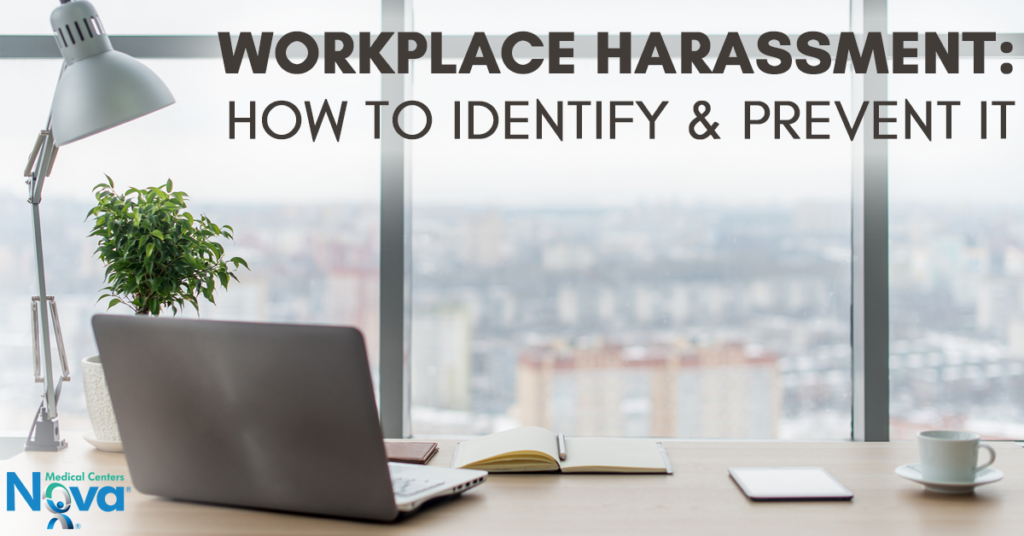
In recent months, workplace harassment has been a national conversation. According to ABC News, 14 million U.S. women have been sexually abused in work-related incidents. Men have also faced sexual harassment in the workplace with reports of sexual assault doubling from 8% to 16% from 1990 to 2009. Though sexual harassment is one of the primary forms of harassment that can occur in the workplace there are other types of harassment that can happen as well.
What is Harassment?
According to The U.S. Equal Opportunity Employment Commission, harassment is unwelcome verbal or physical behavior that is based on race, color, religion, sex, gender/gender identity, nationality, mental or physical disability, genetic information, pregnancy, or weight. Harassment can include but is not limited to:
- Offensive jokes
- Slurs
- Physical assaults
- Threats
Harassment is unlawful when an employee has to endure harassment in order to keep his or her job. It is also unlawful when the employee’s salary is changed or status within the company has changed because of harassment. If a work environment becomes intimidating, hostile, or abusive for employees due to harassment, it’s not a conducive workplace and it is unlawful.
What is Sexual Harassment?
Sexual harassment is harassment of a sexual nature. The EEOC defines sexual harassment as unwelcome sexual advances or conduct of a sexual nature which unreasonably interferes with the performance of a person’s job or creates an intimidating, hostile, or offensive work environment. Hostile work environments occur when sexual harassment is so severe that employees can no longer do their job. Sexual harassment can include but is not limited to sexual assault, sexual threats, and comments.
Though the majority of sexual harassment victims are women, men can be victims of sexual harassment as well. Anybody can be a victim of sexual harassment and anybody can be a harasser.
How to Prevent Harassment
Harassment and sexual harassment are something that can be completely avoidable in the workplace. Here are some tips you can implement in your workplace to prevent all forms of harassment:
- Have a workplace harassment policy in place – Make sure that your company has a policy in place that makes it clear that there is a zero-tolerance for any type of harassment in the workplace and that you expect your employees to abide by this policy.
- Provide training – Train employees about what is appropriate and inappropriate behavior when it comes to interacting with co-workers, supervisors, etc. Make sure everyone is aware of the boundaries and the level of professionalism you expect from your employees.
- Immediately address inappropriate behavior – If you notice behavior that is inappropriate or seems to be inappropriate address it immediately. Bad behavior can easily escalate to harassment incidents if it goes unaddressed when it occurs. You don’t want that to happen. Recognize bad behavior and address it quickly.
- Take harassment complaints seriously – Never sweep harassment complaints under the rug. Always take complaints seriously. Take immediate action and thoroughly investigate a victim’s claim. Being proactive not only protects your business but shows that you value and care about the well-being of your employees.
- Prevent Retaliation – It’s of the utmost importance that you create a workplace environment where victims of harassment feel comfortable enough to come forward with their complaints. The main reason why victims don’t come forward is that they fear retaliation from their harassers. Any form of relation to someone filing a harassment claim is against the law.
Being able to identify what workplace harassment is and how to prevent it is the key to protecting the well-being of your employees and your business. You might also like Benefits of Healthy Work Relationships and Tips to Prevent Workplace Violence.



